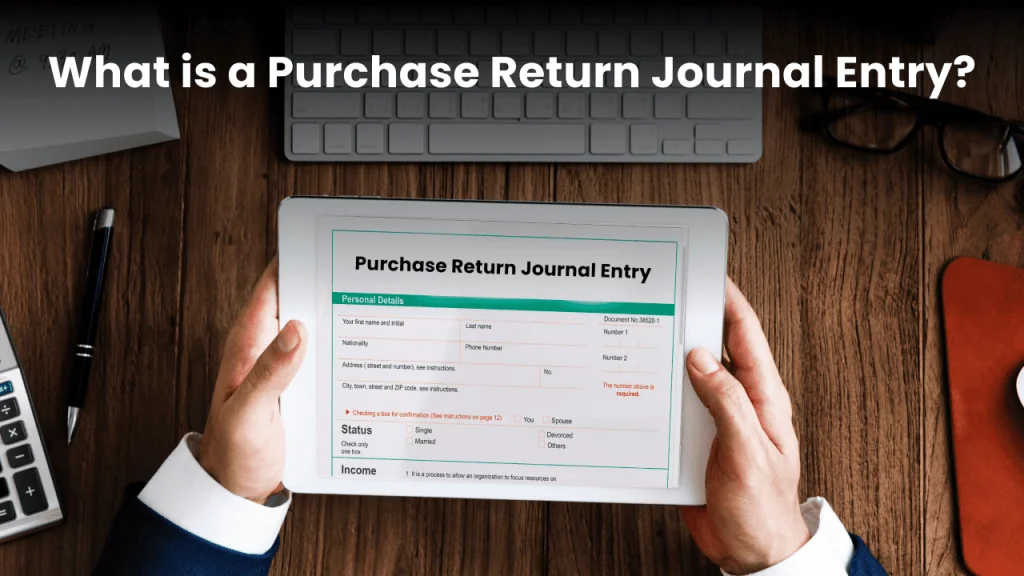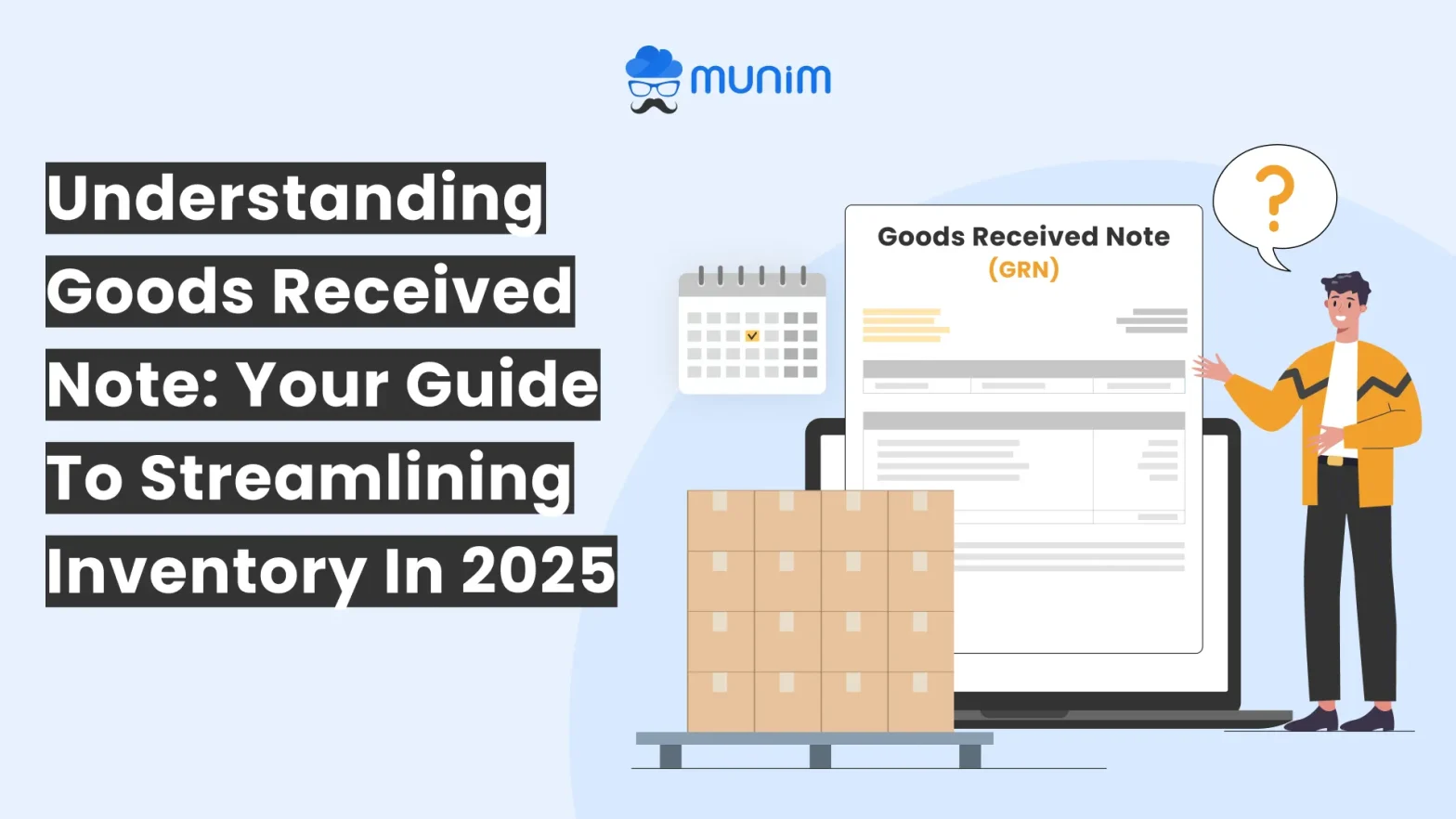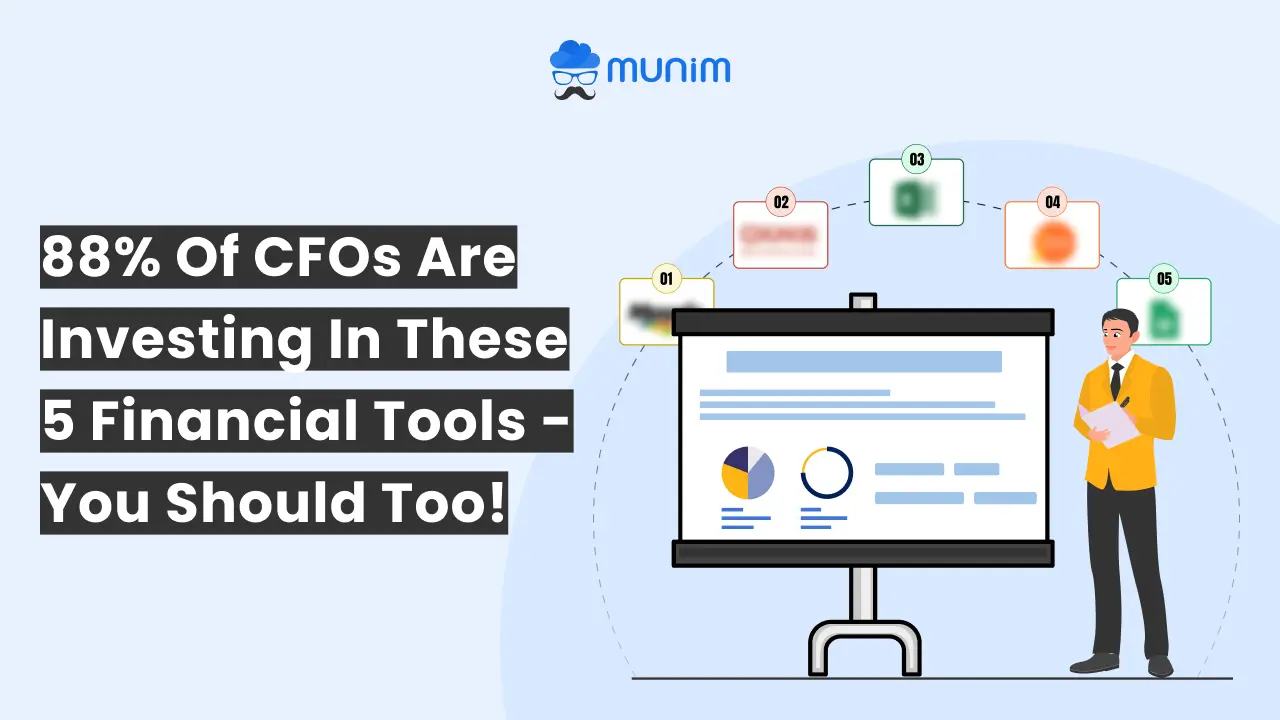Purchase Return: Build Resilient Business Through Effective Returns!

It’s estimated that retailers lose almost $761B+ worth of merchandise every year due to purchase returns. The number continues to grow with the increasing returns on purchase orders. Returns are generally viewed as a business setback, especially by small and medium enterprises, but smart businesses know how to handle them better. Efficient management is the key to turning purchase returns into a powerful tool that strengthens your supply chain operations.
In today’s rapidly evolving market, optimising the purchase order process isn’t just an excellent practice but is an opportunity to build a more resilient and agile business. Improved purchase returns process helps control expenses and enhance vendor relations.
Let’s quickly scroll down to understand how efficient return policy and process can reduce losses and make your business stronger!
What is Purchase Return?
Purchase returns refer to the process where a buyer returns goods previously purchased from a seller due to various reasons, such as defects, dissatisfaction, or overstock. This can lead to a decrease in the buyer’s accounts payable and the seller’s accounts receivable. Simply put, it is just the reverse of the purchase made by the buyer, where he returns the goods that are no longer needed or are defective.
Purchase returns are recorded in the company’s accounting system as a debit to the accounts payable or accounts receivable, depending on the perspective, and a credit to the inventory or expense account. These returns can have financial implications for both parties and need to be properly documented to maintain accurate financial records. Efficient management of order purchase return is important for maintaining good business relationships and ensuring accurate financial reporting.
In short, returning purchase orders isn’t just about fixing or resolving the errors, but is more about taking care of the company’s health and ensuring efficiency.
Why Customers Return Goods or Services- 10 Reasons You Should Know!
Returning purchase orders mostly is when the buyer returns the goods from where they are purchased. Gear up to see the common reasons below!

Defective or Damaged Goods
Subpar or damaged products prompt customers to initiate returns. Whether it’s a malfunctioning electronic device or a product arriving with visible flaws, customers rightfully expect goods to meet quality standards.
Incorrect Shipment
Buyers seek returns when suppliers dispatch the wrong items or quantities. The frustration of receiving products that don’t align with their order can lead to swift returns and corrective measures.
Overstock or Excess Inventory
Surplus stock leads to the decision to return items. Sometimes, businesses overestimate demand or experience fluctuations, resulting in a surplus that needs to be returned to maintain streamlined inventory levels. Manage your inventory effectively with the best strategies.
Price Discrepancies
Disagreements between invoiced and agreed-upon prices result in returns. Price discrepancies can arise from miscommunications or errors in the pricing structure, prompting customers to seek refunds or exchanges.
Unsatisfactory Quality
Unsatisfactory quality standards prompt product returns. Customers’ perceptions of quality can be subjective, and if a product doesn’t meet their expectations, returns become a means of expressing dissatisfaction.
Change in Requirements
In a dynamic market, customer requirements can change unexpectedly, leading them to return products that no longer align with their goals.
Cancellation of Order
Orders canceled pre or post-delivery contribute to returns. Sometimes, customers change their minds or circumstances shift, prompting them to cancel orders that are subsequently returned upon delivery.
Duplicate Shipments
Supplier errors leading to duplicate shipments are rectified through returns. Mistakes in shipment can result in customers receiving more items than intended, necessitating returns to correct these errors.
Expired Goods
Items reaching their expiration date are returned by customers. This is particularly relevant for perishable or time-sensitive products, as customers rightfully expect products within their expiration period.
Goods Not as Advertised
Items failing to match their advertised descriptions are subject to returns. Misaligned expectations due to inaccurate product descriptions or advertising can result in customers seeking refunds.
The purchase return journal entry stands as a key tool for accurate financial records. It encapsulates the recording of returned goods from a supplier, triggering updates in accounting records. For instance, if you’re returning $500 worth of defective goods and receiving a cash refund:
Debit: Accounts Payable (or Cash) – $500
Credit: Inventory (or Specific Expense Account) – $500
What is a Purchase Return Journal Entry?

A purchase return journal entry records the return of goods purchased from a supplier. It helps update the accounting records and reflect the reduction in inventory or expense due to the returned goods. The typical purchase return entry for a return involves debiting accounts payable or cash (depending on the refund method) and crediting either the inventory account or a specific expense account. Here’s a purchase return example:
Assuming you’re returning $500 worth of defective goods to Supplier XYZ, and you received a cash refund:
Debit: Accounts Payable (or Cash) – $500
Credit: Inventory (or Specific Expense Account) – $500
This entry reduces the amount you owe to the supplier and adjusts your inventory or expense accordingly. Remember that the specific accounts used might vary based on your company’s chart of accounts and accounting practices. Always consult your accounting professionals for accurate journal entries in your specific context.
Importance of Purchase Return Journal Entry!
Leveraging purchase return journal entries brings a plethora of benefits:

- Vendor Management: Tracking returns through journal entries empowers businesses to gauge vendor performance and negotiate favorable terms.
- Inventory Control: Journal entries foster accurate inventory record-keeping, pivotal for stock optimization and prevention of overstocking.
- Compliance Assurance: Well-documented purchase return journal entries align with accounting standards, ensuring smooth audits.
- Cost Insights: Entries provide a financial overview, aiding in identifying trends, recurring issues, and potential cost-saving avenues.
- Automation Efficiency: Many contemporary accounting software systems automate the creation of purchase return journal entries, streamlining the process and reducing errors.
Accounting for Purchase Returns
Accounting for purchase returns involves meticulous record-keeping and financial adjustments. When goods are returned by customers, a debit entry is made to the Purchase Returns account, offset by a credit entry to Accounts Payable. This reduces the original purchase cost. If the return is due to defects, a debit to the Inventory account is made, offset by a credit to Purchase order Returns. For sales returns, the process is reversed. Accurate documentation is crucial for maintaining financial accuracy and analysing trends. Regular reconciliation ensures the books accurately reflect these transactions, providing insights into supplier relationships and product quality, which are vital for informed business decisions.
Munim Empowering Your Returns
Efficiently managing purchase returns is pivotal for business resilience. Enforcing a well-structured return policy streamlines operations. To seamlessly navigate return management and inventory control, explore Munim, a leading Indian accounting and billing software. Delve into a transformative 14-day free trial to experience firsthand the shift in efficiency.
Case Study!
Dabur India Turns Returns into Opportunities with its Smart Purchase Returns Strategy!
Leading the race for natural and ayurvedic products, Dabur India emerged as a role model for how legacy brands can succeed in this competitive world. Presenting diversified products across the country, this leading Indian FMCG brand faced challenges in managing the fragmented supplier base. The procurement process turned out tedious with over 6,100 inputs for almost 540 products as it mainly relied on its employees. This led to massive inefficiencies, errors, and absence of visibility.
Challenges Faced:
- Difficulties in managing a fragmented supplier base that sourced ingredients like herbs and saffron. This involved multiple small-scale vendors, making standardisation nearly impossible.
- The process mainly relied on manpower and paperwork, resulting in a lack of transparency while dealing with suppliers.
- The traditional purchase order management process was time-consuming and didn’t reflect competitive pricing in real-time.
- Returned Items often caused a mismatch in inventory as they were handled manually. These unclear purchase returns strained supplier relations and delayed settlements.
Solution!
To address all these challenges, Dabur India automated its procurement process. Check out how it streamlined returning purchase orders!
- Digitised purchase order return workflows to get real-time status updates of the return process and automate the return process linked with the original purchase.
- Integrated supplier portals to ensure transparency and reconcile returns quickly through clear communication.
- Automated stock adjustments upon confirming the returns.
- Leveraged purchase return journal entry to make financial entries for credit notes and GST reversals.
Results!
- Reduced return processing time by 30%
- Increased inventory accuracy and minimised mismatch due to returns.
- The transparent process strengthened supplier relations.
- Seamless tax compliance with time reversal of input GST credits.
Meet the Role & Significance of Organised Returns
Unveiling Insights through Return Analysis
Beyond the surface level of returns lies a goldmine of insights that businesses can tap into for growth and improvement. Every returned item carries a narrative, and by delving into the reasons behind returns, businesses can unearth valuable information that can shape their strategies and enhance customer satisfaction.
Refining Product Offerings
Returns often shed light on areas where products might fall short of customer expectations. By closely examining the types of products frequently returned, businesses can identify patterns and refine their product offerings. This iterative approach to product development ensures that customer preferences are at the forefront, reducing the likelihood of future returns.
Detecting Quality Issues
Returns can act as early indicators of quality issues. When customers return items due to defects or damages, it signals potential weaknesses in the production or quality control process. Addressing these issues promptly not only reduces returns but also contributes to a reputation of reliability and excellence. Resolving all these issues can be managed effortlessly via inventory management software.
Tailoring Customer Support
Analyzing return data can guide businesses in offering more personalized customer support. If certain products consistently face returns for similar reasons, customer support teams can proactively address these concerns, offering solutions before customers resort to returns. This proactive approach enhances customer satisfaction and loyalty.
Streamlining Operations
Return data can offer insights into operational inefficiencies. For instance, if a significant number of returns are due to shipping errors, it highlights the need for improvements in the fulfillment process. Streamlining operations based on these insights not only minimizes returns but also enhances overall efficiency.
Fostering Continuous Improvement
Returns provide an ongoing feedback loop for improvement. By treating returns as a learning opportunity, businesses can continuously refine their processes and offerings. This commitment to growth positions them as adaptable and customer-focused entities in the market.
Conclusion
Purchase returns transcend transactional significance, assuming the role of strategic assets. Businesses that master the nuances of returns and adopt effective strategies carve pathways to resilience and adaptability. From vendor relationships to inventory harmony, compliance, cost management, and automation, purchase returns weave a narrative that propels businesses toward informed, strategic decision-making and sustainable growth.
FAQs
1. Is the Purchase Return debit or credit?
Purchase returns are typically recorded as a debit to the Purchase Returns account and a credit to the Accounts Payable account. This reflects the reduction in accounts payable due to the returned merchandise.
2. How to calculate a purchase return?
subtract the cost of returned items from the total amount to compute purchase returns.
3. What is the basic purchase return policy?
The basic purchase return policy highlights the return and refund conditions for the items the customer no longer wants. These generally include a deadline for return, items with broken seals will not be accepted, etc.
4. What is a 30-day return policy?
30-day return policy facilitates returning purchase orders within 30 days of purchase if the buyer is unsatisfied with the product.
5. Is a purchase return an asset or expense?
A purchase return is typically recorded as an expense on the company’s financial statements since it represents a reduction in the cost of goods sold.
6. How do you record purchase returns?
Purchase returns are recorded through a journal entry. Debit the accounts payable or cash (depending on the refund method) and credit the inventory or a specific expense account to reflect the return.
7. What is a purchase return book?
A purchase return book is a specific report that documents goods returned by the buyers to the suppliers.






